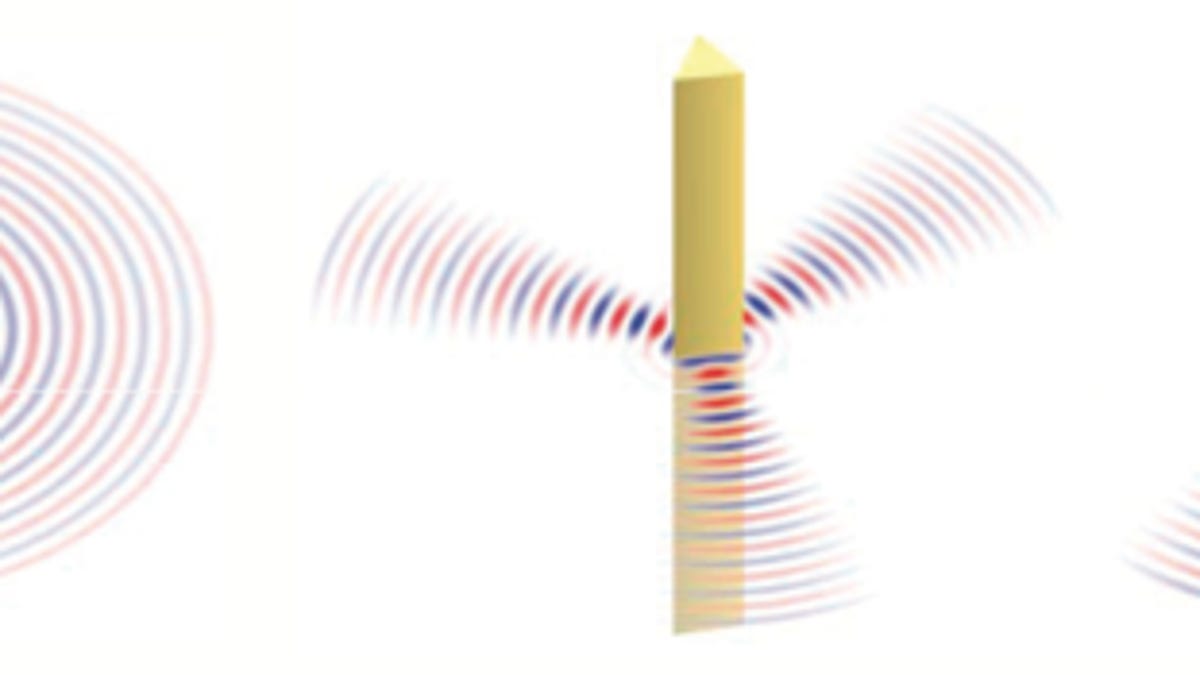MIT produces fibers that can speak, hear
Imagine clothing made of fibers whose electrical properties include the ability to register and produce sound. MIT researchers are experimenting with such fibers.

The walls have ears, the saying goes--but at some point, so might people's clothes. With the help of fiber research at MIT, fabrics of the future could both hear and make noises.
Yoel Fink, an assistant professor at the Massachusetts Institute of Technology, and his colleagues developed fibers that are active where most are passive. Specifically, through a new application of widely used technology called piezoelectrics, fibers can convert sound waves into an electrical signal and vice versa, MIT announced Monday.
Piezoelectric speakers have been around for a long time--beeping digital watches and those musical greeting cards use them, for example--but Fink's approach uses fibers instead of a flat speaker. Key to the approach is making the fibers so that one side is different from the other, rather than being symmetric.
One edge of the fiber has more fluorine atoms running along it, and the other has more hydrogen atoms. This difference is responsible for the connection between the fibers' movement--whether caused by sound or causing it--and its electrical properties.
"Fabrics woven from piezoelectric fibers could be used as a communication transceiver," the researchers wrote, describing their approach in the July 11 issue of Nature Materials.
Sound isn't the only sensitivity possible with smarter fabrics. MIT also has worked on cameralike fibers sensitive to light.
The fibers aren't easy to make. They're produced from much larger cylinders that are "drawn" through a small aperture at higher temperatures. The MIT group managed the task using a number of techniques, including the use of an electrically conducting graphite-based plastic and a strong electric field to align necessary molecules.
Don't expect walking boom boxes anytime soon, though. Besides manufacturing and other practical constraints, the fibers today work only with kilohertz to megahertz sound frequencies, and humans employ much lower frequencies.

